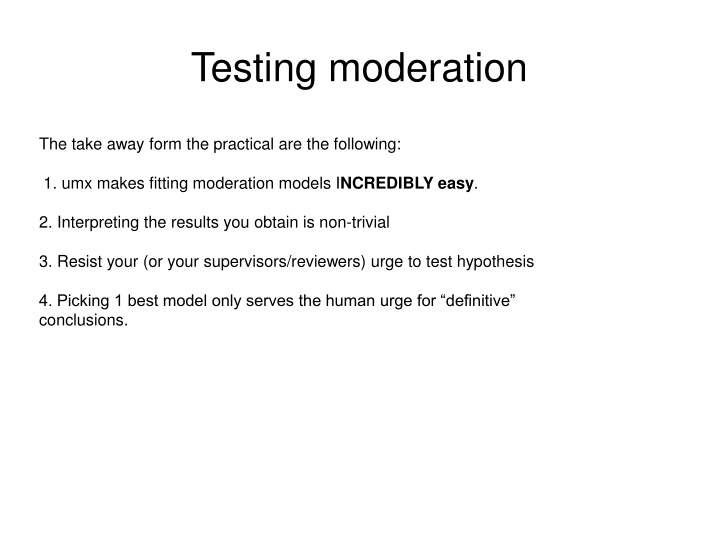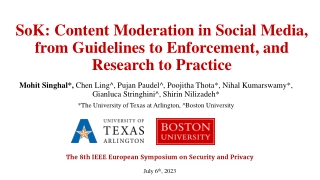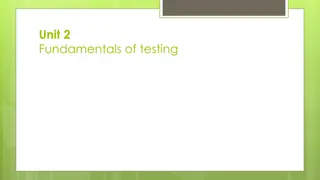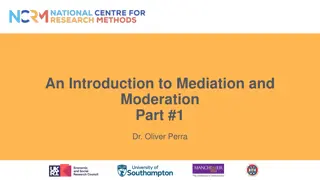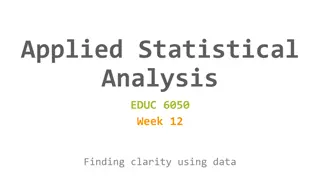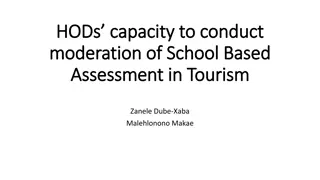Testing moderation
Testing moderation can be made easy with umx, but interpreting results and resisting the urge to test hypotheses are crucial. Choosing the best model based on AIC values is essential. Learn more about moderation models and how to navigate the process effectively.
Download Presentation

Please find below an Image/Link to download the presentation.
The content on the website is provided AS IS for your information and personal use only. It may not be sold, licensed, or shared on other websites without obtaining consent from the author.If you encounter any issues during the download, it is possible that the publisher has removed the file from their server.
You are allowed to download the files provided on this website for personal or commercial use, subject to the condition that they are used lawfully. All files are the property of their respective owners.
The content on the website is provided AS IS for your information and personal use only. It may not be sold, licensed, or shared on other websites without obtaining consent from the author.
E N D
Presentation Transcript
Testing moderation The take away form the practical are the following: 1. umx makes fitting moderation modelsINCREDIBLY easy. 2. Interpreting the results you obtain is non-trivial 3. Resist your (or your supervisors/reviewers) urge to test hypothesis 4. Picking 1 best model only serves the human urge for definitive conclusions.
Testing moderation ace ac ae ce c e a e a c No moderation (only means moderation)
Testing moderation ace ac ae ce c e a e a c No moderation (only means moderation)
AIC(c) AICi = -2 logLi +2Vi AICc =-2logL + 2V + ( 2V(V+1)/(n - V 1)) Models with smaller AIC values are to be preferred.
AIC(c) Weights Models 1 through K, each model i has an AIC(c) Di(AIC)=AICi -minAIC. L(Mi |data) proportional to exp(- .5* Di(AIC)) Conditional prob Mi = L(Mi |data) / sum(L(M1:k |data)) Conditional prob Mi = exp(- .5* Di(AIC)) / sum(exp(- .5* D1:k(AIC)))
